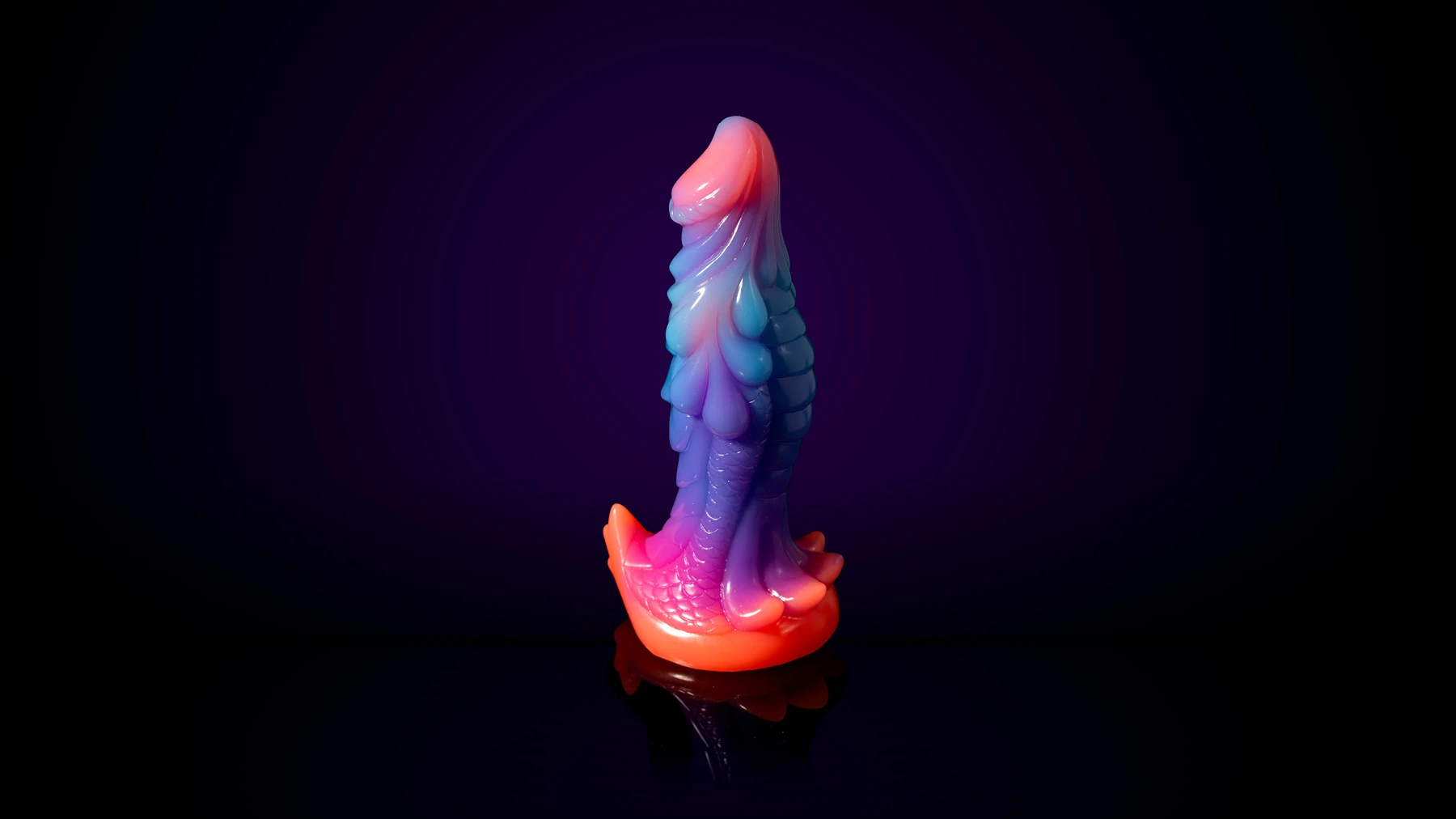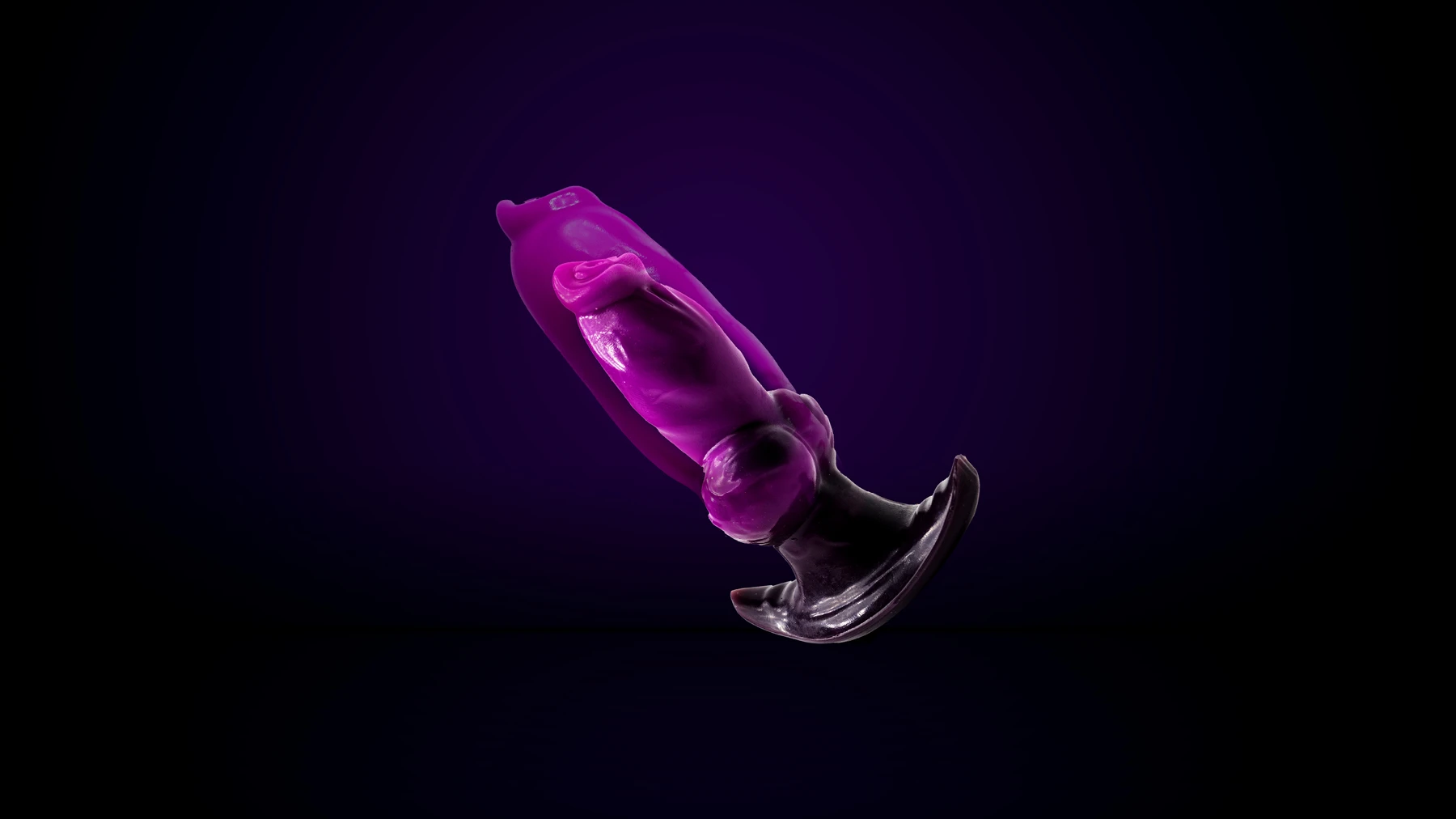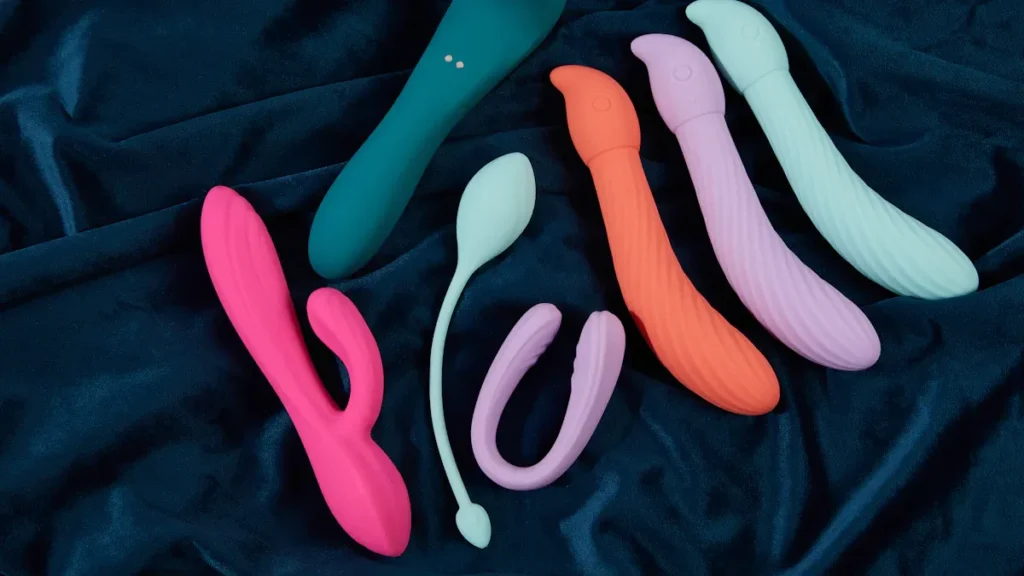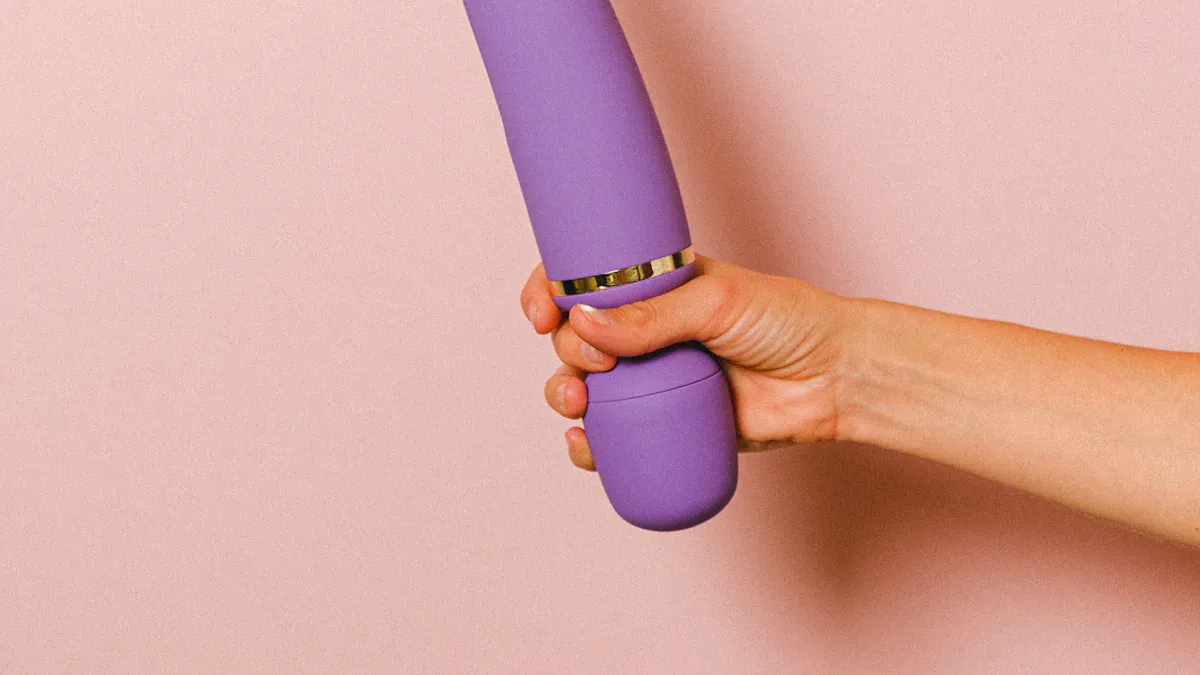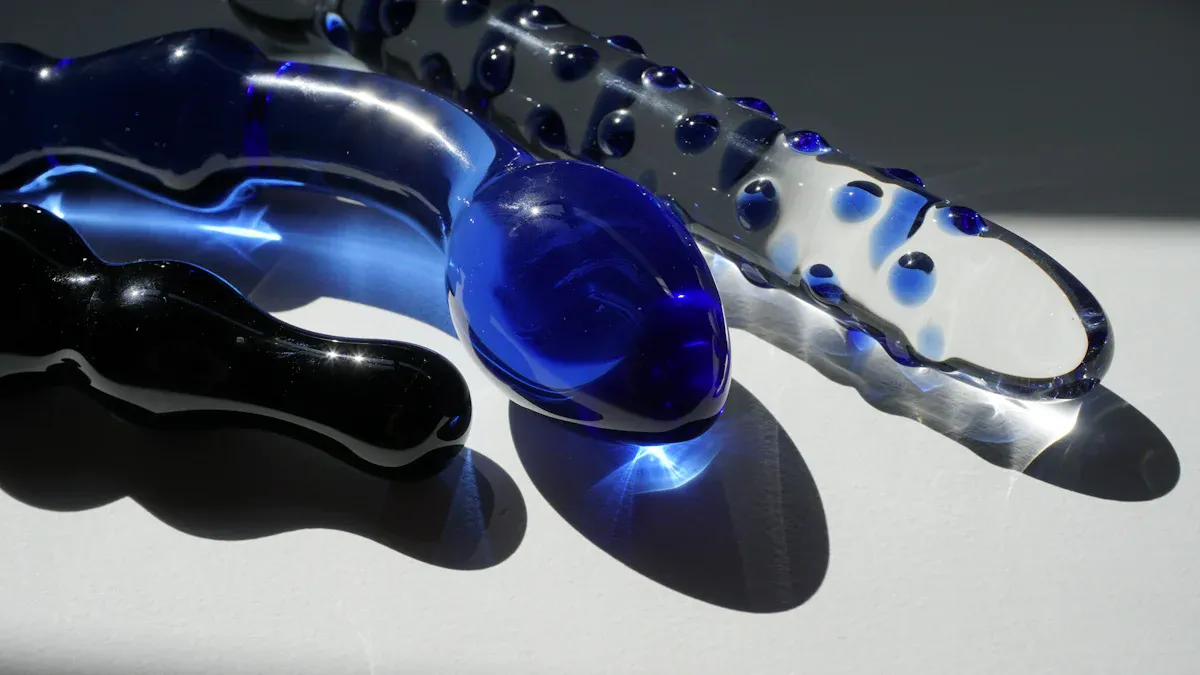Everything You Need to Know About Plastic Dildos
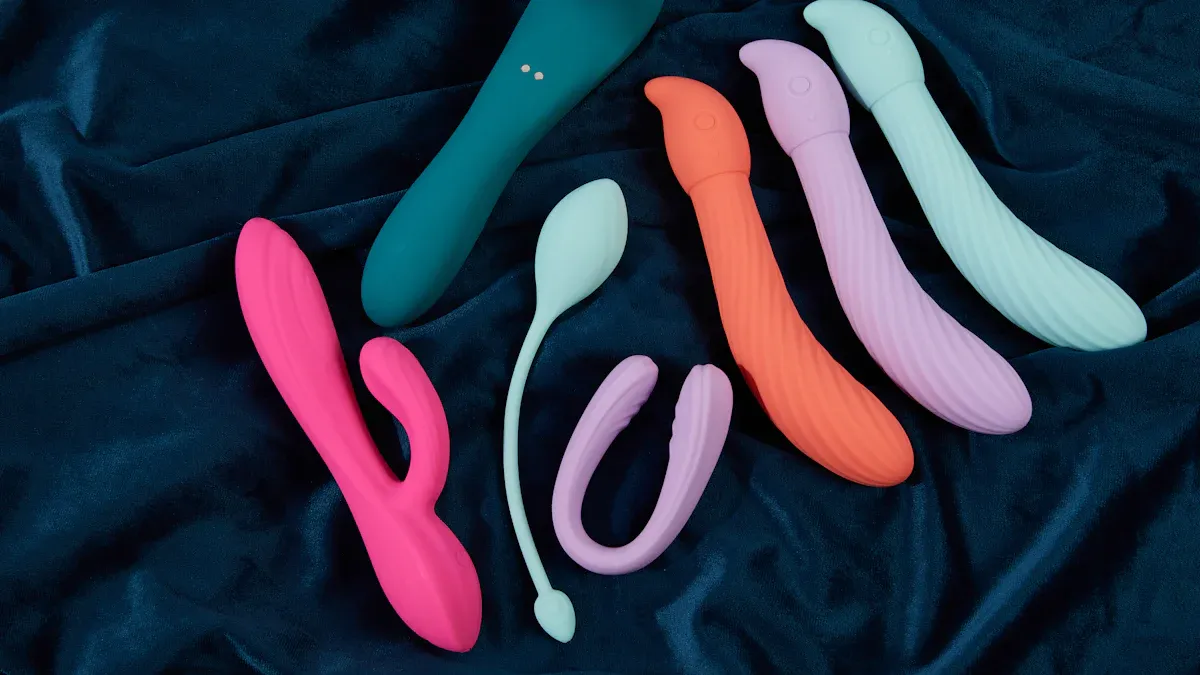
Plastic dildos are adult toys designed for sexual pleasure and come in a variety of shapes and sizes to suit different preferences. People use them for vaginal, anal, or oral play. Among the unique options available are Corn Dildos, dildo bike designs, and even public dildo styles, offering creative and fun choices for users. The market data shows that PVC plastic dildos account for 25% of sales, while silicone rubber dildos remain the most popular, holding 45% of the market share.
Material Type | Market Share (2023) |
|---|---|
Silicone Rubber Dildos | 45% |
PVC (Plastic) Dildos | 25% |
Glass Dildos | 15% |
Steel Dildos | 10% |
Other Materials | 5% |

Many people have concerns about the materials used in dildos and their safety for the body. Issues like harmful chemicals, unclear safety labels, and regulations are common worries. Choosing good plastic dildos made from safer plastics is important for health and peace of mind. Buyers should always select products that prioritize their well-being.
Plastic Dildos Overview
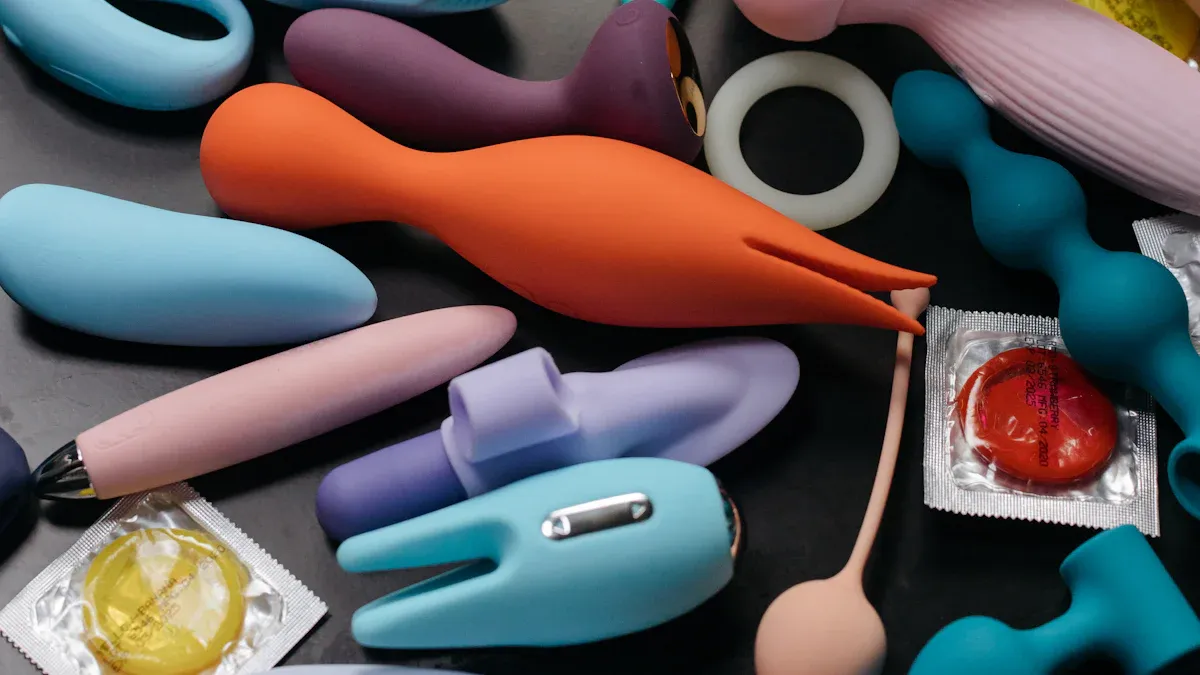
What Are Plastic Dildos
Plastic dildos are plastic sex toys made for pleasure. They come in many shapes and sizes. People use them for vaginal, anal, or oral play. Some people wonder, “what are dildos?” Dildos are objects shaped for putting inside the body. Most look or feel like a penis, but some have creative designs. Plastic dildos give lots of choices in size, shape, and texture. Some people like realistic styles. Others want unique or fantasy shapes. You can use these toys alone or with a partner. This makes them good for many experiences.
Note: Always pick dildos made from body-safe materials. This helps keep you safe and happy.
Main Features
Plastic dildos have features that many people like. They can be about 6 to over 12 inches long. Some, like the Classic Velvet Thruster, are up to 11 inches. Others are smaller and good for beginners. Girth changes too, with bigger dildos feeling more intense. Shapes can look like a real penis, have curves, or be fantasy designs. Some dildos vibrate or have two ends for sharing.
Popular Shapes and Types:
Realistic dildos: Look and sometimes feel like a real penis.
Non-representational shapes: Artistic or fantasy designs with curves and textures.
Vibrating dildos: Add extra sensation.
Double-ended dildos: Allow two people to use the toy at the same time.
Textures are important for how the toy feels. Many plastic dildos are smooth. Others have ridges, bumps, nubs, or waves. These textures give different feelings. Some toys mix smooth and bumpy parts. This lets users try gentle or strong sensations. Lifelike skin textures can make things feel more real.
People who buy plastic dildos often talk about their strength and quality. Many say these toys last a long time and feel solid. Good plastic dildos get high ratings for density and satisfaction. But some reviews mention breaking if the toy is not strong. This shows it is important to pick well-made dildos for the best time.
Tip: Try a smaller size first and use lots of lubricant. This is helpful when using bigger or textured dildos.
Materials
ABS Plastic
ABS plastic is a popular material for dildos. This plastic is hard and does not have tiny holes. It does not soak up fluids or germs, so it is easy to clean. Many companies use ABS for the outside of vibrating dildos, bullet vibrators, and handles. The surface feels smooth and cool when you touch it, but it gets warm fast when you use it.
ABS plastic is safe and not harmful. Doctors and other jobs use it because it is safe for the body.
The material does not break easily. Dildos made from ABS last a long time.
The smooth surface keeps germs from hiding inside the toy.
ABS plastic can be shaped in many ways, so users have lots of choices.
It does not cost much, so it is a common choice for dildos.
ABS plastic is stiff and does not bend much. This makes it better for using outside the body or as a cover for vibrating dildos. Users should wash ABS dildos with gentle soap and water or a toy cleaner. They should keep water away from any electric parts.
Note: Using non-porous, body-safe materials like ABS plastic helps keep dildos clean and safe to use again.
PVC and Safety Concerns
PVC is another material used in many dildos. It feels soft and bends easily, but it can be risky for your health. Makers often add chemicals called phthalates to PVC to make it softer. These chemicals can come out of the toy and get into your body.
Phthalates in PVC can mess up hormones and hurt your health.
Studies show phthalates can cause cancer, asthma, and birth problems.
Vinyl chloride, used to make PVC, can cause cancer.
The US does not allow PVC in kids’ toys, but sex toys are not checked.
Many PVC dildos do not list what is in them or say they are safe without proof.
PVC has tiny holes, so it can trap germs and fluids. This can cause infections like UTIs and yeast infections.
PVC dildos often smell strong and can fall apart over time.
People who use PVC dildos should always put a condom on the toy. This helps lower the chance of getting sick or touching bad chemicals. Cleaning PVC dildos is hard because germs can hide inside. Even if PVC says it is phthalate-free, it can still have other bad chemicals.
Tip: Pick dildos made from non-porous, phthalate-free, body-safe materials instead of PVC for better health and safety.
Acrylic and Other Plastics
Acrylic and other plastics are sometimes used in dildos. Acrylic is clear and hard, so it can look special. But how safe these materials are depends on if they have tiny holes.
Porous dildos have small holes that can trap germs and fungi. These germs can stay inside even after washing, so the toy is not safe to use often. Nonporous dildos, like those made from medical-grade silicone, ABS plastic, glass, or metal, do not soak up fluids. They are easier to clean and safer to use again and again.
Some plastics, like TPR, have lots of tiny holes. Even after washing, these dildos can keep germs inside. A special coating can help, but users should still wash them before and after each use. Using a condom on porous toys gives extra safety.
Note: When picking sex toy materials, always choose nonporous, body-safe dildos. This helps stop infections and keeps you safe.
Material | Porosity | Body-Safe | Cleaning Difficulty | Common Use in Dildos |
|---|---|---|---|---|
ABS Plastic | Nonporous | Yes | Easy | Casings, handles |
PVC | Porous | No | Hard | Flexible dildos |
Acrylic | Varies | Sometimes | Varies | Decorative dildos |
TPR | Porous | No | Hard | Soft dildos |
Picking the right sex toy material is important for health and comfort. Nonporous, body-safe dildos made from ABS plastic, silicone, glass, or metal are the safest and cleanest. Porous toys, like those made from PVC or TPR, can raise the risk of infection and chemical problems. Always look for phthalate-free labels and buy from brands you trust.
Safety
Health Risks
Plastic dildos can be unsafe if they have bad chemicals. Cheap dildos sometimes have things that cause allergies or skin problems. People might see red skin, feel itchy, or notice swelling after using them. Here are some chemicals that can cause these issues:
Phthalates make plastic soft but can cause allergies and health problems.
Latex is a kind of rubber that can give some people strong allergies.
Other bad chemicals are timethytin chloride, phenol, carbon disulfide, toluene, and cadmium. These can hurt your nerves or even harm unborn babies.
Some plastics have things like triclosan that fight germs but can make skin sensitive.
Porous materials like latex and jelly can hold germs and make infections more likely.
Dildos made from porous stuff are tough to clean. Germs and fungi can hide inside, so using them again is risky. Always check what a toy is made of before you buy it.
Tip: Silicone, stainless steel, borosilicate glass, and Lucite are safer choices. They are less likely to cause allergies.
Body-Safe Choices
Picking body-safe dildos keeps you healthy and comfy. Look for toys made from medical-grade silicone, ABS plastic, or stainless steel. These are nonporous and simple to clean. They do not have bad chemicals like phthalates.
To find safe dildos, look for these things:
FDA rules: The FDA does not call dildos medical devices, but good brands follow FDA rules.
CE mark: This means the toy meets European safety rules.
ISO 13485: This means the toy was made with strict medical rules.
Tests for skin and chemical safety: These show the toy is safe for your body.
Labels like “phthalate-free” or “hypoallergenic” mean the toy is safer.
Makers may also test their toys more, like checking the materials and testing samples. These steps help make sure the toy is safe for your body.
Note: Always buy dildos from trusted brands that use safe, nonporous materials for the best safety.
Usage and Care
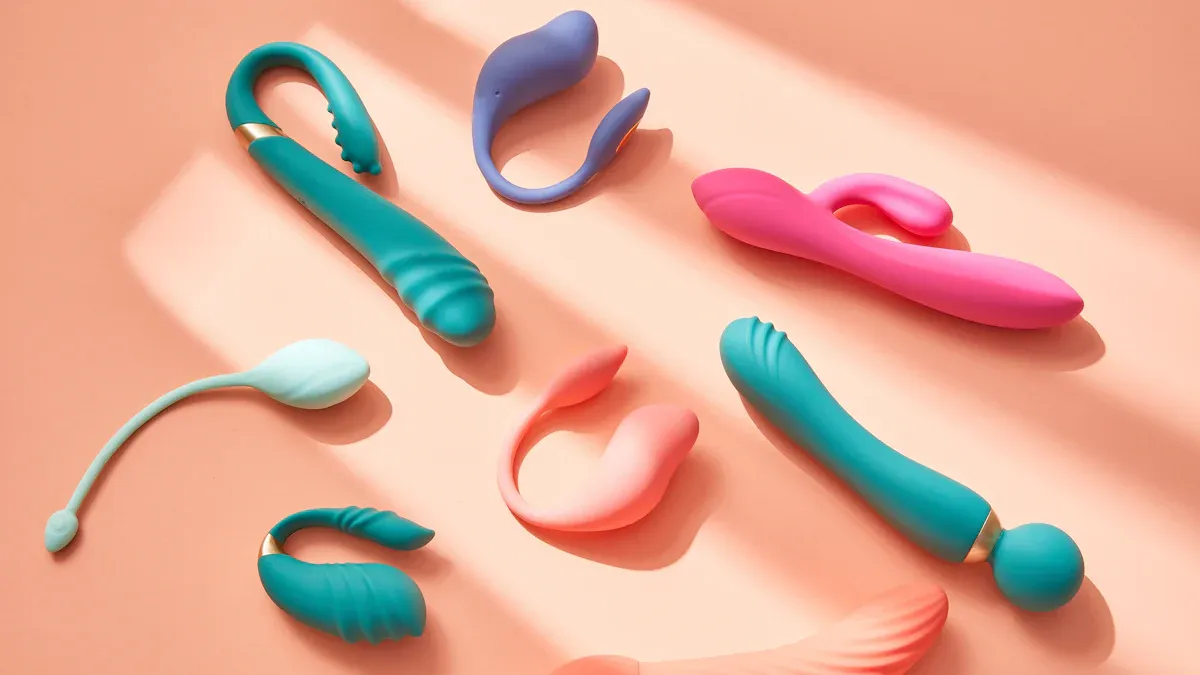
Lubricant Compatibility
Picking the right lubricant keeps you and your toy safe. Most plastic dildos work with many lubricants. Water-based and silicone-based lubricants are safe for ABS, PVC, and acrylic dildos. Oil-based lubricants, like coconut oil, also work with ABS plastic and acrylic. After using oil-based lubricants, clean the toy well. This helps the toy last longer.
Plastic Type | Compatible Lubricants |
|---|---|
ABS Plastic | Water-based, Silicone-based, Oil-based |
PVC | Water-based, Silicone-based |
Acrylic | Water-based, Silicone-based, Oil-based |
Tip: Water-based lubricants are simple to wash off. They are safe for all plastic dildos.
Cleaning Tips
Cleaning plastic dildos the right way keeps them safe. Always wash toys before and after each use. Use mild soap or a special toy cleaner. For ABS plastic, use warm water and soap. Motorized toys need a damp cloth, not soaking. Porous toys, like TPE or TPR, need extra care. Use condoms with these toys to help stop germs.
Wash toys with soap and water or toy cleaner.
Dry toys fully before putting them away.
Take out batteries from motorized toys before cleaning.
Do not boil or put plastic toys in the dishwasher.
Check toys for cracks or damage and get new ones if needed.
Note: UV light sanitizers can clean plastic dildos without using chemicals.
Storage
Storing plastic dildos the right way keeps them safe and clean. Dry toys all the way before putting them away. Put each toy in its own bag or box to stop scratches and germs. Keep toys in a cool, dry place, away from sunlight and heat. Cloth bags are good because they let air in and stop mildew. Never store toys together unless they are clean.
Store toys alone in fabric bags or clean boxes.
Keep toys away from sharp things.
Wash your hands before touching toys.
Do not use a toy vaginally after anal use unless you clean it first.
If you take care of them, plastic dildos can last for years. Cleaning and storing them right helps keep them safe and nice to use.
Dildos vs. Other Materials
Silicone
Silicone dildos are known for being safe and comfy. Many people like silicone because it feels soft and smooth. This material does not let germs or liquids inside. Silicone dildos do not smell bad or taste like plastic. They can last a long time if you take care of them. Most people think silicone dildos feel better than plastic ones. Silicone costs more, but many say it is worth it. Water-based lubricants are best for silicone dildos and help them last longer.
Factor | Plastic Dildos | Silicone Dildos |
|---|---|---|
Safety | May contain phthalates | Hypoallergenic, non-toxic |
Durability | Less durable | Very durable |
Flexibility | Less flexible | More flexible |
Hygiene | Can be porous | Non-porous |
User Satisfaction | Lower | Higher |
Cost | Lower | Higher |
Glass
Glass dildos give a special feeling. They are made from strong borosilicate glass. Glass dildos feel smooth and can be warm or cold. These dildos do not let germs inside, so they are easy to clean. Many people like glass dildos because they look nice and feel different. Glass dildos do not bend, so you need to be careful with them. You can use any kind of lubricant with glass dildos, which makes them very useful.
Metal
Metal dildos are made from stainless steel and feel heavy and firm. These dildos do not let germs in and are simple to clean. You can boil them or put them in the dishwasher without soap. Metal dildos can be hot or cold for different feelings. They last a long time and do not break easily. Do not drop them, or they might get damaged. Metal dildos cost more than plastic ones, but many people think they are worth it.
Aspect | Metal Dildos | Plastic Dildos |
|---|---|---|
Material Properties | Nonporous, stainless steel or aluminum | Nonporous ABS plastic, sometimes PU coated |
Cleaning Methods | Boil, dishwasher, soap and water | Soap and water, no boiling |
Lubricant Compatibility | Water-based best, others possible | Any lubricant type safe |
Temperature Play | Suitable | Not suitable |
Pros and Cons
Plastic dildos do not cost much and are easy to wash, especially if made from ABS plastic.
Some plastic dildos, like PVC ones, can have bad chemicals and tiny holes, which makes cleaning hard.
Silicone dildos are safer, more comfy, and last longer, but they cost more.
Glass dildos feel smooth and are easy to make very clean, but they can break if dropped.
Metal dildos last the longest, are easy to clean, and can be hot or cold, but they are heavy and cost more.
Tip: When picking dildos, think about safety, how easy they are to clean, and what kind of feeling you want. Each material has good and bad points. Choosing the right sex toy material helps you stay safe and have fun.
Buying a New Sex Toy
What to Look For
When you buy a new sex toy, think about safety first. Comfort and quality are also important. Dildos come in many shapes, sizes, and materials. If you are new, all the choices can feel confusing. A table can help you compare what matters:
Factor | What to Consider |
|---|---|
Size | Smaller dildos are easier and more comfortable to use. |
Shape & Design | Straight dildos work for most people. Curved ones reach special spots. |
Firmness | Hard dildos give more control. Soft ones feel gentle. |
Material | Pick non-porous, body-safe dildos like silicone or ABS plastic. |
Intended Use | Anal dildos need a flared base to stay safe. |
Look for marks like CE, RoHS, ASTM, or ISO on the box. These show the dildos are safe and do not have bad chemicals. Brands like Tantus, Bad Dragon, SquarePegToys, and Mr. Hankey’s Toys use platinum-grade silicone. They follow strict rules and are known for being safe and high quality.
Tip: Always read labels and reviews before you buy dildos. Stay away from toys made of PVC, jelly, or rubber. These can hide germs and make your skin hurt.
Tips for First-Time Buyers
People buying their first dildo sometimes make mistakes. They might pick one that is too big or made from unsafe stuff. To avoid problems, try these tips:
Choose dildos made from medical-grade silicone or ABS plastic.
Start with a small size and a simple shape.
Use water-based lubricant for comfort and safety.
Clean dildos before and after each use with mild soap or toy cleaner.
Buy dildos from trusted stores or brands.
For anal play, always use dildos with a flared base.
Do not pick dildos with seams or parts that are hard to clean.
Reading reviews helps you learn about how dildos feel and work. Experts say to start with a cheaper dildo to see what you like. As you get more comfortable, you can try new shapes or features. Safety, comfort, and what you like are most important when buying a new sex toy.
Picking safe dildos means choosing nonporous materials like ABS plastic. These do not hold germs and are simple to wash with warm, soapy water. People should stay away from porous toys. These can have bad chemicals and are tough to clean.
Always look for clear labels and buy from brands you trust.
Taking care of your dildos and making smart choices keeps them safe and fun for everyone.
